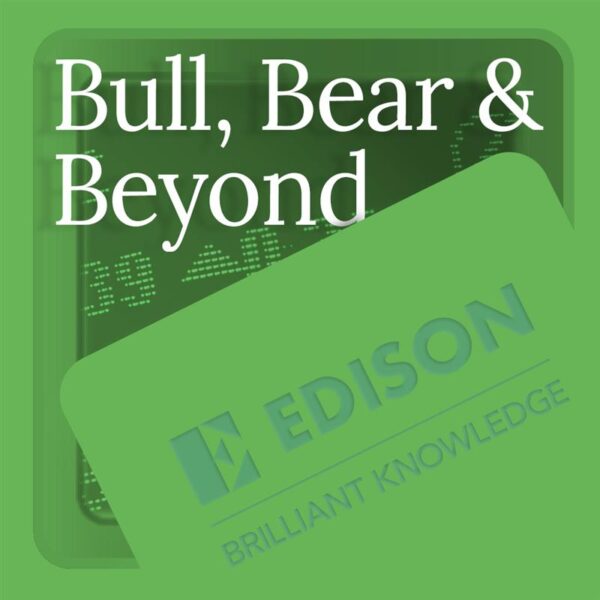Antimicrobial resistance, a global healthcare concern
While the discovery of antibiotics in the 1920s (with penicillin) has had a profound
impact on the healthcare landscape, antibiotic overuse, rapid evolution of bacterial
strains with resistance to existing antibiotics and a limited number of new antibiotics
introduced in the past few decades have led to the current situation of emerging superbugs
(such as MRSA, carbapenem-resistant Enterobacteriaceae, multidrug-resistant Pseudomonas aeruginosa). This has resulted in increasing mortality (from life-threatening situations, such
as sepsis and organ failure) from previously treatable infections, making invasive
infections a significant clinical and public health challenge.
According to the Centers for Disease Control and Prevention’s (CDC’s) 2019 antibiotic resistance threats report, AMR was directly responsible for 1.27 million deaths globally in 2019, with over
2.8 million antimicrobial-resistant infections occurring in the US alone per year
(with 35,000 deaths). AMR also contributed to a further 5 million deaths in 2019,
a figure projected to rise to 8.2 million by 2050. MRSA on its own was responsible
for 130,000 deaths in 2021, rising over two-fold from 57,000 in 1990. The WHO’s 2024 bacterial priority pathogens list covers 24 pathogens that pose the greatest threat to public health due to AMR, spanning
15 families of antibiotic-resistant bacterial pathogens. Similar to antifungals, these
are also categorised as critical, high and medium priority (see Exhibit 8). MRSA (the
key target for Zevtera) is listed in the high priority category due to its resistance
to many common antibiotics and its potential to cause severe, life-threatening infections,
a significant global heath burden. According to the 2019 global burden of disease study, in high-income countries c 50% of the fatal burden attributed to AMR is linked to
two pathogens, Staphylococcus aureus and Escherichia coli, highlighting the need for new, more potent antibiotics.
| Exhibit 8: WHO priority pathogens list |
 |
| Source: WHO bacterial priority pathogens list, 2024 |
Effective antibacterials needed to break the resistance wall
Antibacterial agents can be classified in several ways, including by their chemical
structure, their spectrum of activity (broad vs narrow), the type of bacteria they
target (eg gram-positive, gram-negative, atypical) and their mechanism of action (bactericidal,
destroying bacteria by targeting the cell wall or membrane; or bacteriostatic, impeding
the growth or reproduction of bacteria through the inhibition of protein synthesis,
nucleic acid synthesis or other crucial metabolic pathways).
Despite the availability of several antibiotic classes, the vast number of pathogenic
bacteria and the continued challenge of AMR has necessitated the ongoing development
of more effective antibacterial treatments. To our knowledge, there are currently
15–20 broad and distinct classes of antibiotics available (based on their chemical
structure), although only a limited number of novel classes have been approved in
the past two decades. These are oxazolidinones (2000), lipopeptides (2003), pleuromutilins
(2007), diarylquinolines (2007), lipiarmycins (2011) and triazaacenaphthylene (2025).
Notably, none of these new classes target gram-negative bacteria (such as Escherichia coli, Pseudomonas aeruginosa), where no novel antibiotics have been introduced in over 50 years. Gram-negative
bacteria are more challenging to target than gram-positive due to their cell structure,
particularly the outer membrane, which hinders entry of many antibiotics and allows
bacteria to actively expel them, making them inherently resistant to a wide range
of treatments. Note that nine of 15 antibiotic-resistant families listed in the WHO’s
2024 priority pathogens list are gram-negative, including three of the four names
in the critical list.
With new treatment classes few and far between, there has been increasing focus on
introducing combination treatments and optimised variants of existing classes with
expanded spectrum, which target treatment resistant strains (such as Zevtera). While
developing narrow-spectrum or pathogen-specific antibacterial agents has been recognised
as a potent countermeasure to tackle AMR, this narrower focus also gives rise to challenges
around building associated companion diagnostics and high associated costs, highlighting
the continued utility of broad-spectrum options.



























